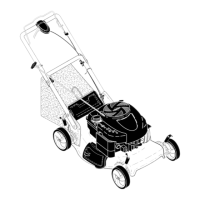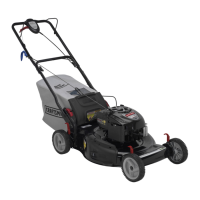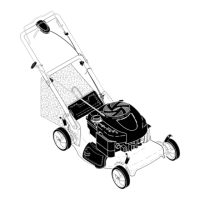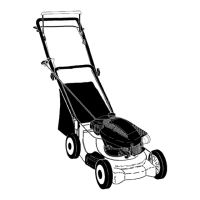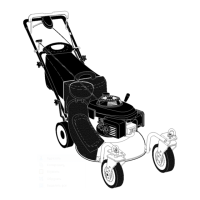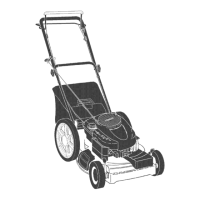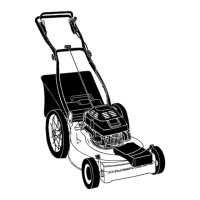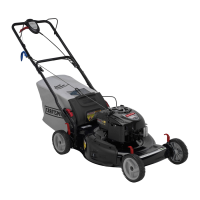
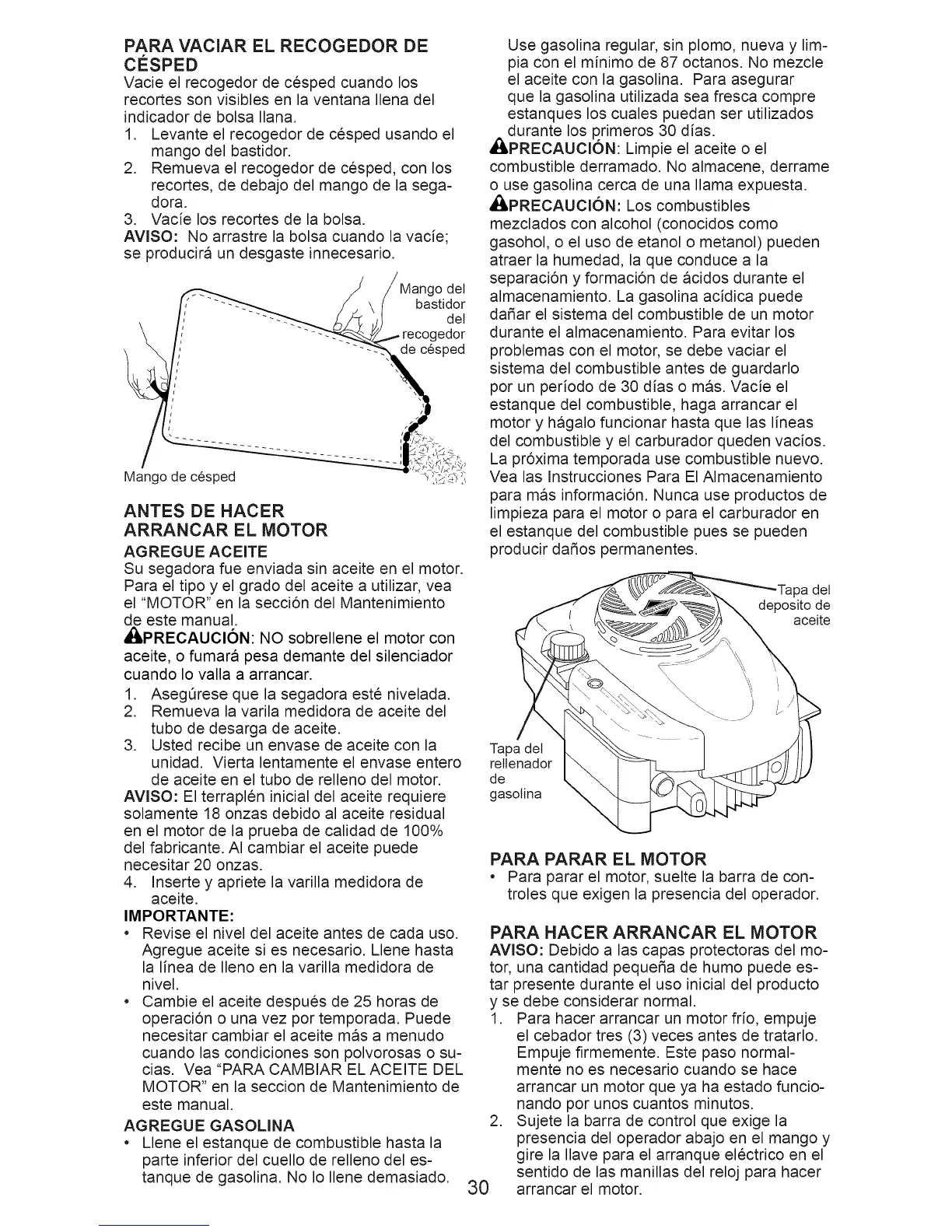 Loading...
Loading...
Do you have a question about the Craftsman 917.374362 and is the answer not in the manual?
| Brand | Craftsman |
|---|---|
| Model | 917.374362 |
| Category | Lawn Mower |
| Language | English |
Details the manufacturer's warranty coverage for defects in material or workmanship.
Highlights the dangers of the cutting machine and the importance of following instructions.
Instructs on disconnecting the spark plug wire to prevent accidental starts during service.
Warns about cancer and reproductive harm chemicals in engine exhaust.
Alerts to lead and lead compounds in battery components known to cause harm.
Warns about hot muffler and engine parts causing severe burns upon contact.
Safe use instructions, avoiding moving parts, clearing area, and proper footwear.
Guidelines for mowing on slopes, emphasizing caution and proper technique.
Emphasizes keeping children away from the mowing area for their safety.
Critical safety instructions for handling flammable gasoline safely.
Detailed steps for safe refueling, including container placement and nozzle contact.
Covers general service tasks like checking fasteners, cleaning, and safety device inspection.
Mentions the requirement for a spark arrester in certain areas due to law.
Lists accessories available for the lawn mower, not shipped with the unit.
Shows images of various maintenance parts like filters, plugs, belts, and oil.
Step-by-step instructions for unpacking the lawn mower from its shipping carton.
Guidance on safely unfolding and setting up the mower's handle for operation.
Instructions for putting together the grass catcher bag and frame.
Steps for charging the lawn mower battery before first use and for storage.
Refers to the Operation section for converting the mower for mulching or discharging.
Identifies and explains the function of key controls and safety features on the mower.
Illustrates and defines common symbols found on the lawn mower and manual.
States that the mower meets Consumer Product Safety Commission standards.
Explains factory-set engine speed and the function of the operator presence control bar.
Details how to engage, disengage, and adjust the self-propelling drive control.
Provides instructions for adjusting the mower's cutting height for different lawn conditions.
Instructions for attaching the grass catcher for rear bagging.
Steps for setting up the mower for side discharge operation.
A quick reference guide for converting the mower to different modes.
Instructions on when and how to empty the grass catcher.
Details on checking and adding the correct type and amount of oil and gasoline.
Procedures for safely stopping and starting the lawn mower engine.
Tips for efficient and safe mowing, including blade usage and cleaning.
Recommendations for optimal mulching, including housing cleanliness and cutting techniques.
A chart detailing maintenance checks and tasks based on usage frequency.
Visual guide and recommendations for lubricating mower components.
Instructions for inspecting and cleaning tires and drive wheels.
Procedures for safely removing, replacing, installing, and sharpening the mower blade.
Instructions for maintaining the grass catcher and gear case.
Details on draining and refilling engine oil and servicing the air filter.
Information on inspecting the muffler, replacing the spark plug, and cleaning the mower.
Instructions for using the water washout feature to clean the mower's underside.
Guidance on cleaning the underside of the drive cover.
Procedures for removing and replacing the mower's drive belt.
Instructions for adjusting the handle height for operator comfort.
Explains factory-set engine speed and that the carburetor is not adjustable.
Steps for cleaning, lubricating, and folding the mower for long-term storage.
Instructions for preparing the fuel system and changing engine oil for storage.
Lists common causes and corrections for the engine failing to start.
Addresses various operational problems like loss of power, poor cut, and vibration with solutions.
Covers troubleshooting for drive problems, pushing difficulty, and handle adjustments.
Directs users to managemyhome.com for further assistance and product manuals.
Information on accessing online resources and expert help for product support.
Details Sears' services for appliance, lawn equipment, and HVAC repairs at home or carry-in.
How to purchase protection or maintenance agreements for serviced products.
